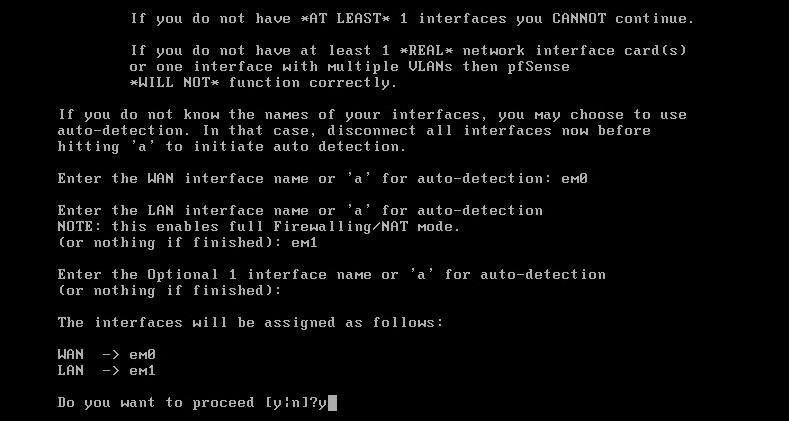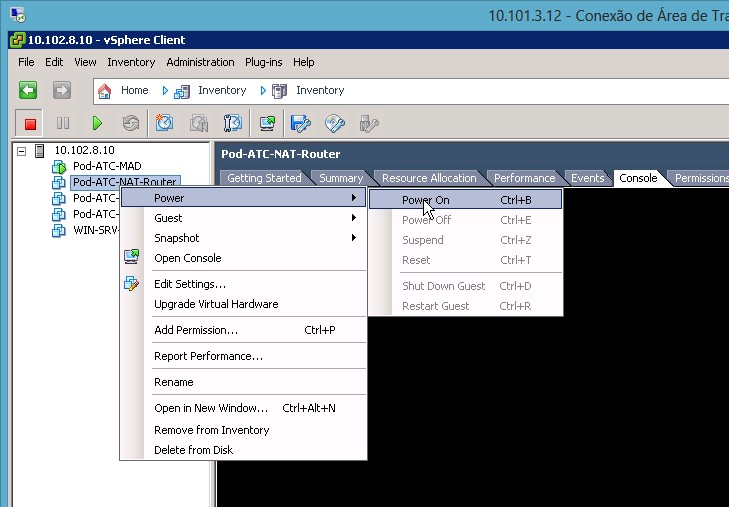
Moreover, it provides the necessary tools to dig deep into the traffic and find the root cause of the problem. From a security perspective, it is a very important tool that provides the necessary details of the traffic.Īlso, it captures the network packets and provides their details. Also, let’s see why it is necessary on a server.

What is WireShark and why it is important to install?īefore getting into the installation part let’s briefly discuss what WireShark is. Today, let’s discuss how to install WireShark on CentOS and see how our Support Engineers fix its related errors. Here at Bobcares, we often receive requests to enable WireShark as a part of our Server Management Services. It helps in troubleshooting common problems which include dropped packets, latency issues, and malicious activity on the server. How can I capture packets on the whole LAN network? Is it because of the bridge? How can one solve this probably simple problem? I would like to capture packets from the bridge side, but I have no clues to achieve this, or if this even a sane solution (i'm pretty new to this stuff).Are you trying to install a tool that helps in analyzing the network traffic? A good option is to install WireShark on CentOS. My problem is that when enabling packet capture on the pfsense router (with promiscuous mode enabled) I do not see ICMP packets between 10.0.0.5 10.0.0.6 on the packet capture (communication between 5 and 6 exists, there are ICMP replies between them), but I do see ICMP packets between 10.0.0.1 10.0.0.(5|6). The other machines got their IP addresses from the pfSense router.

The pfSense VM has the LAN IP address subnet of 10.0.0.1/24 with DHCP enabled.

A linux bridge in proxmox, which is empty, meaning no CIDR and Gateway defined (vmbr100).Ī pfSense virtual machine that conencts to the vmbr100 interface as a LAN (10.0.0.1).Ī simple arch LXC container connected to vmbr100 (10.0.0.5).Īn Arch VM also connected to vmbr100 (10.0.0.6).


 0 kommentar(er)
0 kommentar(er)
